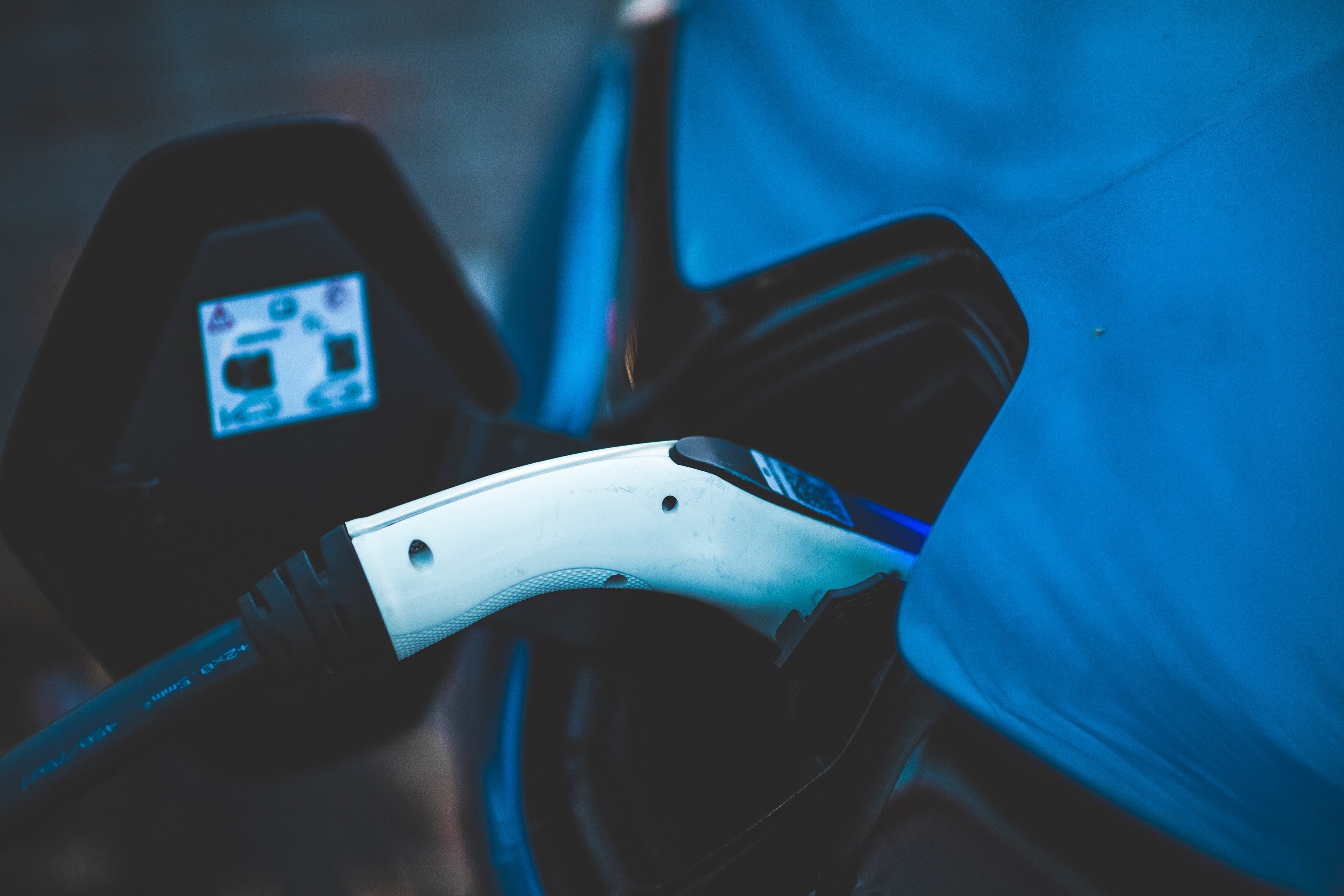In this article, we discuss how rapid prototyping with sand casting can assist in the development and manufacture of innovative, often complex EV components.
Sand casting is a tried and tested process for creating prototype parts for a wide range of applications, including motorsport, marine, electric vehicles and ICE automotive. As the automotive industry works towards achieving a carbon-neutral future, sand casting is playing a key role in developing low emission and electric vehicles.
The growing demand globally for electric vehicles means that automotive manufacturers and new entrants must innovate and adapt existing technologies. Innovations such as IDRA’s Giga Casting machine are pushing the capabilities of automotive manufacturing, as well as driving significant changes in approach across the entire process.
Read more: How is sand casting supporting a carbon neutral future?
Why do you need to rapid prototype EV components?
The high levels of investment in high-volume automotive manufacturing mean that the ability to innovate, and produce rapid prototypes provides electric vehicle manufacturers with a significant competitive advantage.
Prototyping is used in the process of EV automotive manufacture for a number of reasons. These include:
- demonstrating technology readiness level (TLR)
- proof of concept in design and in manufacture
- optimising mechanical properties required in EV
- understanding part design and function
- maximising material properties, including with bespoke alloys
- reducing part count for lightweighting
- testing production methods to achieve Make Like Production (MLP) prototypes prior to upscaled, mass production.
What are the benefits of sand casting in prototyping EV components?
Sand casting offers unique benefits when prototyping EV parts, including its geometric flexibility, its suitability for a range of metal alloys, its speed and relatively low cost and investment requirements compared to other methods.
Over the last 20 years there have been significant developments in sand casting technology. As a process, sand casting meets the high-tech, fast and complex prototyping requirements for manufacturing electric vehicles. These technological advances enable innovative castings that contribute towards key EV goals of lightweighting, part count reduction and alloys optimised for key EV characteristics.
How does sand casting influence part characteristics needed in electric vehicles?
Sand casting is an extremely flexible process, and there’s multiple opportunities to influence part characteristics. We’re often asked just how the sand casting process can achieve this. To help, we’ve written a brief eBook on Making EV Components with Sand Casting. Full of GW insights, it’s an overview on how sand casting can support rapid prototyping for EV; creating the large, structural and lightweight component parts needed.
We’ve also included some Grainger and Worrall case studies which demonstrate the power of sand casting as a rapid prototyping tool for EV. Read more in the guide on:
• Alloy development for a battery tray enclosure
• Achieving Make Like Production (MLP) on a large, structural, thin walled BIW casting
To read the free ebook, Making EV Components with Sand Casting, click on the button below.


 Get in touch
Get in touch
